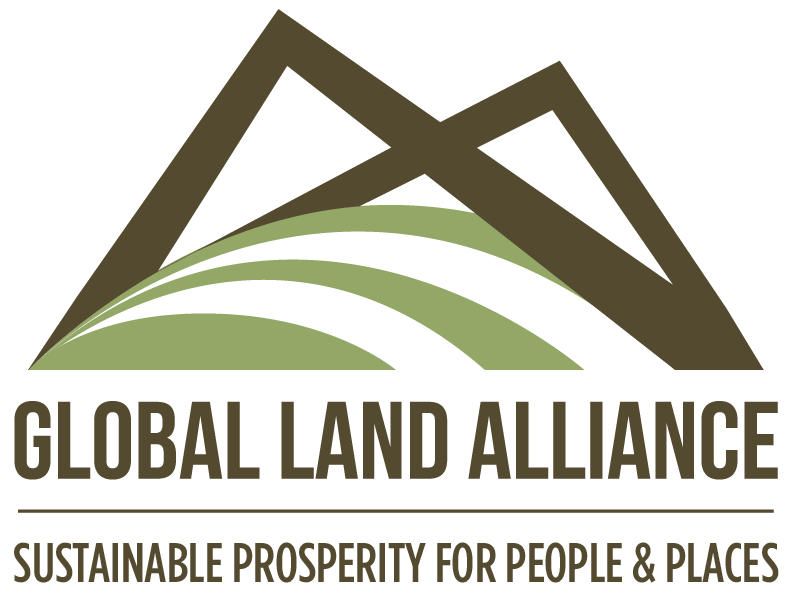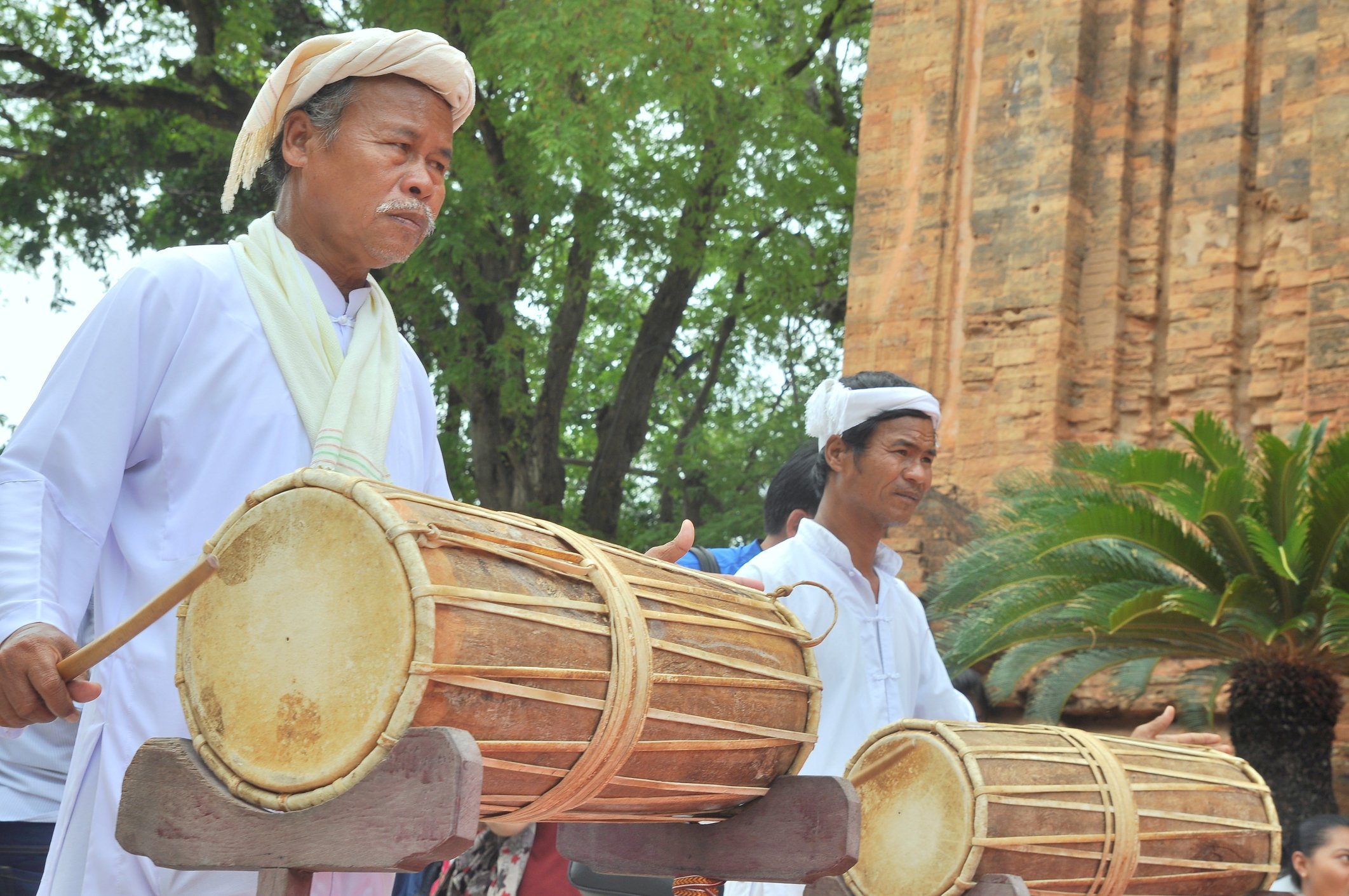New Report Identifies Powerful Opportunities to Strengthen Collective Land Rights in Carbon Fund Countries
This blog was originally published by Rights and Resources Initiative on Nov 12, 2021 here.
Indigenous Peoples, local communities, and Afro-descendant Peoples have been stewarding Earth’s lands for millennia. Maintaining their sovereignty over their lands is not just a pressing human rights issue, it is now also recognized as a powerful climate change solution.
Forests managed by Indigenous Peoples and local communities “have lower deforestation rates, higher carbon storage, and higher biodiversity conservation than government-protected areas.” Read that again – these lands store more carbon and have higher biodiversity compared to formally protected lands. Accordingly, the value of strengthening Indigenous and community land rights is clear. The process of securing and implementing these rights around the globe, however, remains vast and labyrinthine.
A new report by the Forest Carbon Partnership Facility (FCPF), a global partnership for successfully reducing emissions from deforestation and forest degradation, and the World Bank’s fund for Enhancing Access to Benefits while Lowering Emissions (EnABLE), outlines tangible ways the global communities can make inroads in the effort to mitigate climate change through strengthening Indigenous sovereignty.
The report, funded by the World Bank and conducted by the Rights and Resources Initiative (RRI) and the Global Land Alliance, outlines three goals to strengthen land and forest tenure for Indigenous Peoples, local communities, and Afro-descendant Peoples (IPs, LCs, and ADPs). These goals are: advance the legal recognition of collective rights; strengthen and secure these rights; and ultimately leverage these rights for the continued benefit and well-being of local peoples.
Through case studies spanning 18 countries, the report presents three core findings:
All FCPF Carbon Fund countries have legal frameworks recognizing IP, LC and ADP rights; however, some of these are not actionable at scale.
In most of the member countries, there are multiple opportunities to consolidate and strengthen collective rights, even if actionable legal frameworks are not fully in place.
There are opportunities for sustainable economic growth and improved forest management in almost every country – These include: public-private partnerships to enhance the commercialization of community products; greater involvement of women in the design and management of initiatives; leveraging green and fair-trade certification schemes; and carbon payments.
The authors also found that collective forest rights and land tenure cannot be divorced from communities’ broader landscapes and priorities. In other words, sovereignty over forest lands is inextricably linked to sovereignty over all lands, which touch on a variety of uses, such as mining and agriculture, and involve multiple stakeholders.
Furthermore, tenure security is an essential foundation for both resilient and sustainable communities and landscapes. As Simplice Mutombo, a land monitoring and evaluation expert from the DRC stated last month at the Africa Land Institutions Network Conference:
“Peace comes when communities feel safe on their lands.”
The study shows that secure land tenure for IPs, LCs and ADPs can’t be ensured in a vacuum. This means two things: One, legal protection of forest rights requires a “whole-of-government” approach. Forest agencies should not be the only governmental agencies operating in this space. Governments must recognize the importance of securing communities’ territorial rights across the board and implement stronger public land laws and policies.
The second is bottom-up and community-led engagement and activism, which is also essential to sustainable results. The authors state:
“Expanding both can happen in many ways, including political representation in local and national government; participation in planning bodies and project design; robust free and prior informed processes; media involvement; and participation in international fora.”
With extensive country profiles that analyze unique opportunities for action in Carbon Fund countries, this report is will prove to be a valuable resource for advocates in the global effort to secure and improve Indigenous and community land tenure around the world. It also informs efforts to improve both the efficacy and social inclusivity of results-based climate financing projects, working at the intersection of social development and climate change mitigation.
Download the full report.
A virtual launch of the report will be held on November 23. Please contact Lisa Sheridan for more information.

